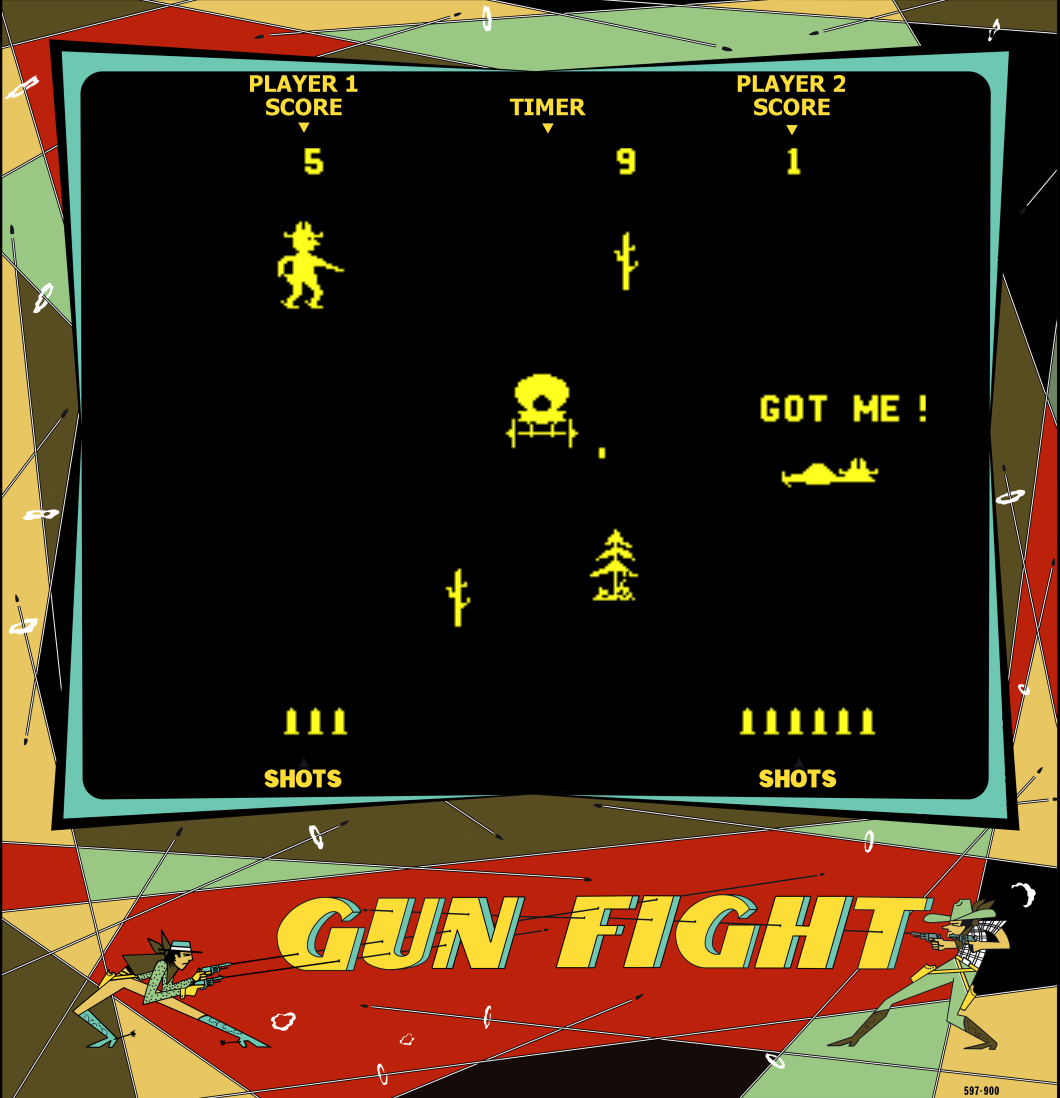Music in videogames
Introduction
When we deal with video game music we refer to the soundtrack or background music that accompanies a video game.
We can start talking about music in video game from 1975 when the first soundtracks were made with the use of the synthesiser technology; along with time, video games started to include also more complex kind of music, even full orchestral pieces.
Very commonly the music in video games changes, according to the different situations in which the player is involved such as the fight against enemies or the different places in which the protagonist of the game is.
1970: The first decade
As said in the late 70’s, along with the golden age of arcade video games, music was stored on physical medium in analog waveforms (compact cassettes and phonograph records), being it very expensive and likely to be broken the use of music was not so common.
A breakthrough was the use of digital means: using electrical impulses that changed the computer code into analog sound waves to be used for output on a speaker. One of the first use of this technique was the opening chiptune in Tomohiro Nishikado's Gun Fight 2 (1975).
The major problem was that this allowed only monophonic and looped sounds as, for example, Pole Position or Pac-Man3 by Namco that used only few and short sounds. On the contrary, in Space Invaders 4 by Taito, was used a continuous background consisting of four chromatic descending bass notes repeated in loop, the first melodic soundtrack is instead found in Rally X by Namco. The development in the field of music was so slow also because not every game programmer had skills in music so the sound capabilities (also for home consoles) were limited: the famous Atari 2600 supported only two tones at a time.
1980: The decisive breakthrough
During the 80’s the game developers were getting used to this kind of technology and began to improve their skills in this field trying different approaches: in Dig Dug 5 by Namco, for example, the music stops only when the protagonist is not moving, and Konami used eleven different tracks for their Frogger.
Home systems also saw a great upgrade in sound ability. Starting from Commodore 64 in 1982 that was capable of early forms of filtering effects and consoles from Nintendo as the Nintendo Entertainment System (NES) in 1985 that was capable of reproducing five different sound channels. This last company emerged also thanks to its collaboration with Koji Kondo6 that created the unforgettable soundtracks for both Super Mario Bros.7 and The Legend Of Zelda 8 and with Hirokazu Tanaka9 for Metroid 10 and Kid Icarus.
At the end of 1980 video game music were so popular that became to be sold as cassette tape soundtracks in Japan; that gave to this field such an importance that other companies from America started to give more attention to sounds, in games.
Video game music became so popular in the 90’s that LucasArts decided to build an engine dedicated to the musical aspects of games with his iMUSE: an interactive music system that was able to synchronise music with the visual action game, and transitions from one music theme to another.
From that time, a lot of development and upgrading occurred therefore, nowadays we can literally listen to realistic sounds and music at high definition from whatever game system (PC’s or consoles) we have in our houses.
External Links
- [Visited on 05/11/14] Gun Fight' images
- Gun Fight's sounds
- Pac-Man's sounds
- Space Invaders' sounds
- Did Dug's sounds
- Koji Kondo's Page
- Super Mario Bros.'s sounds
- The Legend Of Zelda's sounds
- Hirokazu Tanaka's Page
- Metroid's sounds
- [Visited on 05/11/14] Synthesiser
- [Visited on 05/11/14] iMuse
All images are fair use intended.


